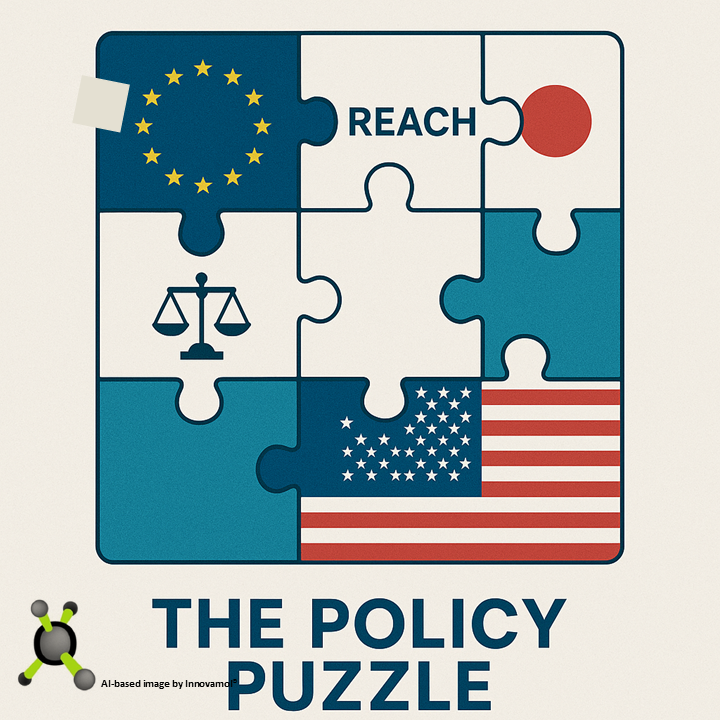The rise of microplastics as a public health and environmental issue has received a lot of regulatory attention in the European Union. After the Single Use Plastics (SUP) Directive and stricter packaging waste rules, Regulation (EU) 2023/2055 came into force on 17 October 2023, introducing the first legal definition of microplastics and limiting their use in consumer products. However, despite its ambitious scope, the regulation includes numerous exemptions and presents practical limitations, especially regarding secondary sources of microplastics. At the global level, the regulatory landscape remains fragmented, making coordinated action difficult to achieve.
The EU’s Regulation 2023/2055, adopted under REACH, restricts synthetic polymer microparticles that are used on their own or intentionally added to mixtures. The new regulation aims to achieve a 30% reduction in microplastic pollution by 2030. Although it focuses almost entirely on intentionally added microplastics (primary microplastics), it leaves out secondary microplastics — despite their major contribution to pollution—delegating their regulation to separate initiatives such as the EU Circular Economy Action Plan.
Moreover, the regulation includes numerous exemptions and derogations from the general rule. For example, regarding glitter, the regulation only restricts certain types depending on their composition, intended use, and whether the glitter exists in a free form or is permanently embedded within an article. Loose plastic glitter used in cosmetic products, as well as cosmetics containing glitter, are granted specific transitional periods and may continue to be sold until 16 October 2035. Articles with glitter applied to their surface are not covered by the restriction. In addition, products already placed on the market — such as those on store shelves or in supplier inventories — can continue to be sold until existing stocks are depleted.
Similar patterns appear in related frameworks. The SUP Directive (2019/904), targeting single-use plastics, bans some products completely while leaving others subject to ambiguous design specifications or future goals. Furthermore, although the Packaging and Packaging Waste Regulation (PPWR 2025/40) includes strong language regarding reuse and recycling, it frequently says nothing about microplastic leakage from packaging in practical applications.
Globally, regulation is even more fragmented. In the United States, plastic microbeads in rinse-off cosmetics are banned, but there are no federal bans on microplastics present in food packaging or textiles. In Asia, countries like Japan and South Korea have introduced regulations on microbeads in personal care products, but there is no coordinated regional policy addressing microplastics more broadly. Progress is restricted by this patchwork of national approaches, particularly in light of the worldwide nature of plastic pollution.
According to the OECD report “Policy Scenarios for Eliminating Plastic Pollution by 2040”, only comprehensive global policies addressing the full life cycle of plastics can significantly reduce environmental leakage by 2040. Yet, current efforts fall short: in 2022 alone, 21 million tonnes of plastic entered the environment. Real progress demands greater investment, international cooperation, and support for developing countries. A timely, integrated approach — combining upstream and downstream measures — can ease transition costs, while delays risk long-term social and environmental harm.
Preventing microplastics from entering the environment should take priority over their removal, which is often costly, technically challenging, or even environmentally harmful. While upstream measures — like regulations and eco-design — are vital, they must not overshadow downstream strategies needed to tackle existing pollution. Behavioural change at all levels of society is also key, driven by greater environmental literacy and the active involvement of citizens, industries, and institutions through targeted campaigns and initiatives that encourage lasting shifts in habits and perceptions.
“What we know is a drop, what we don’t know is an ocean” – Isaac Newton

